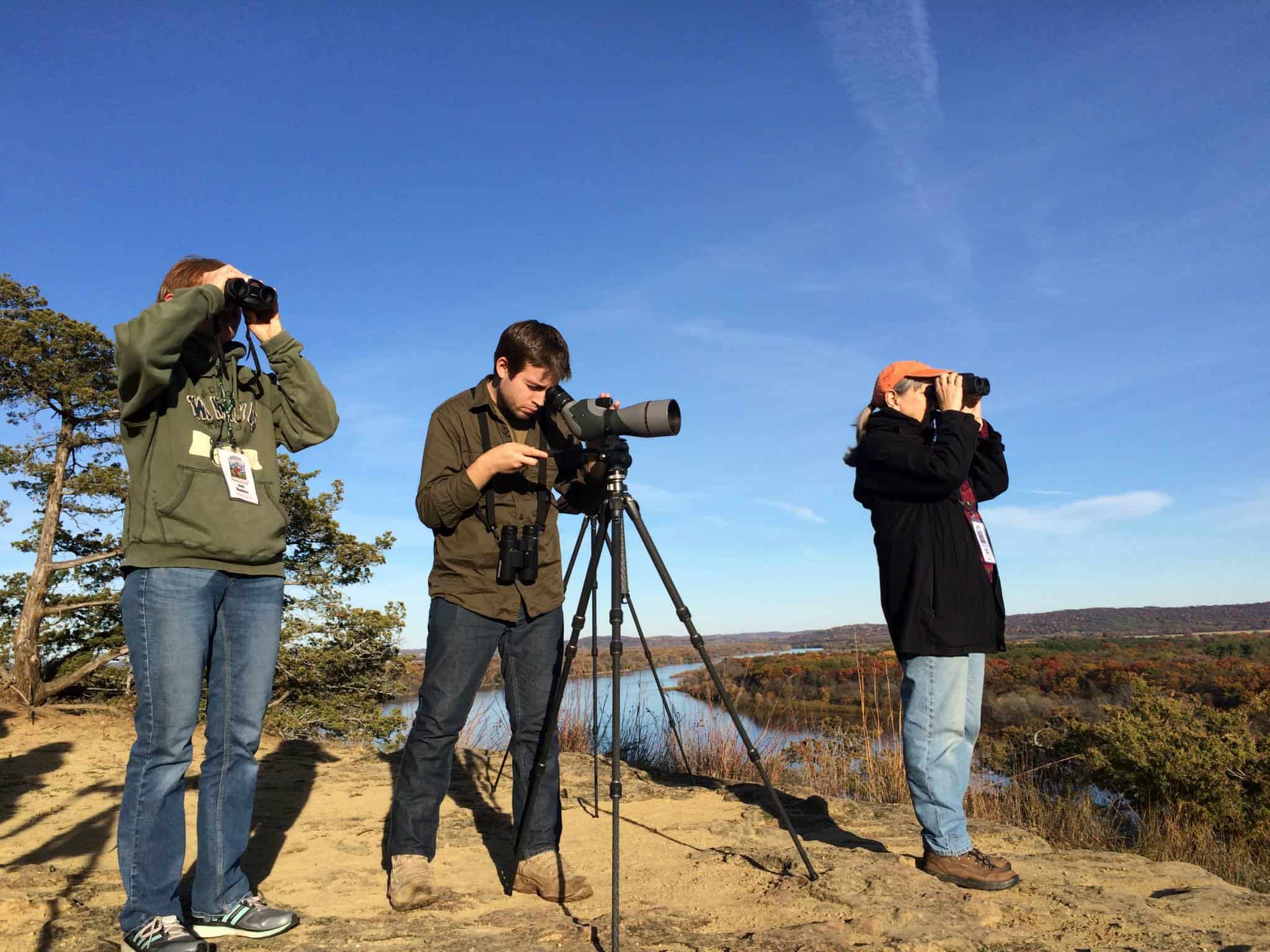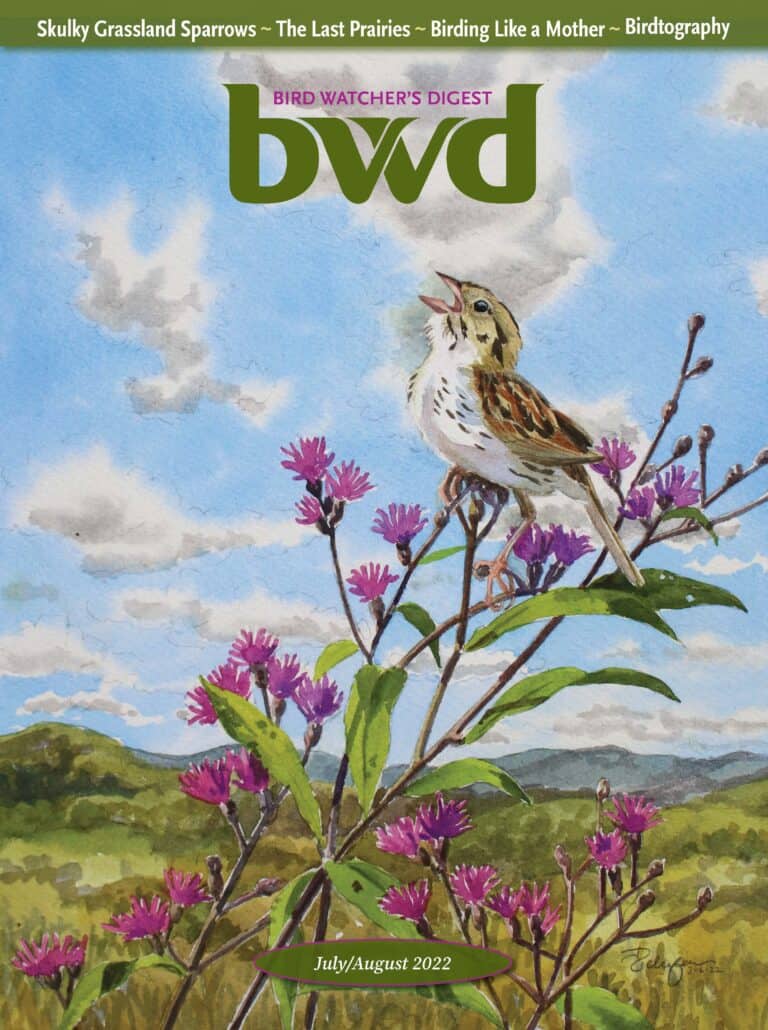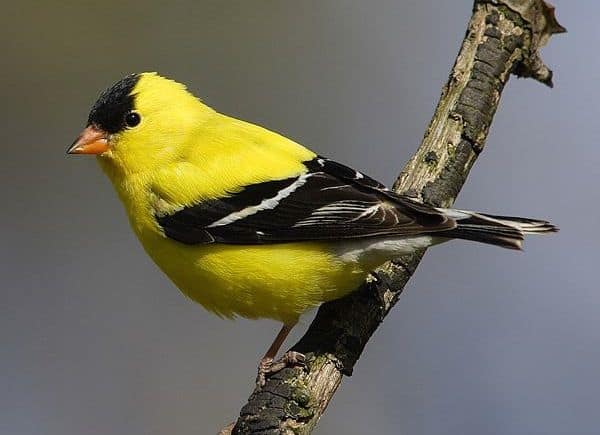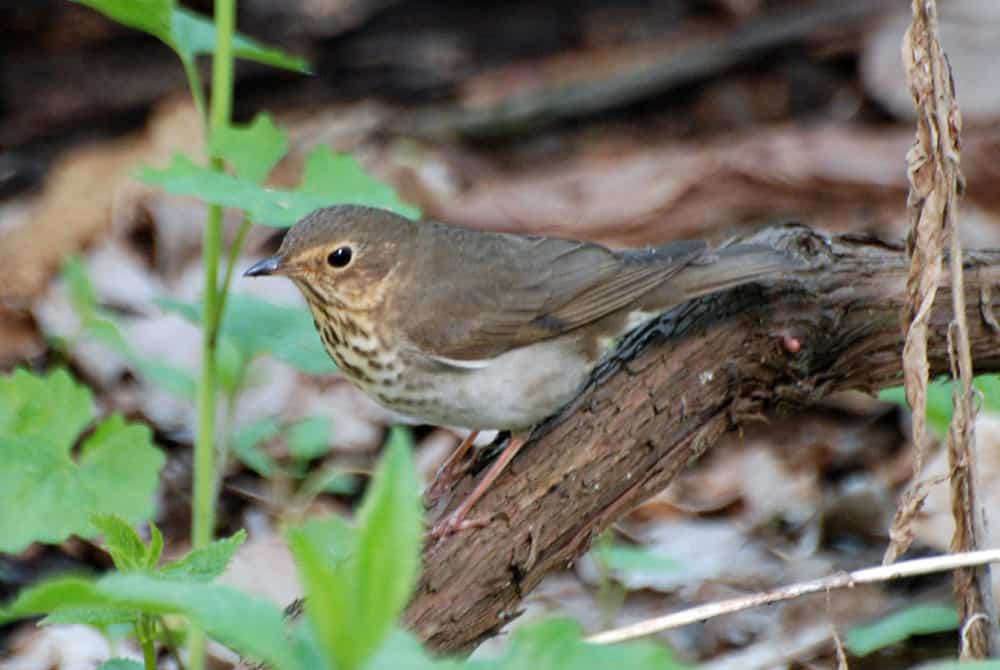The Big Sit! is a fun bird-watching event open to every person and bird club in the world. You create a real or imaginary circle 17 feet in diameter and sit inside it for 24 hours, counting all the bird species you see or hear. It’s that simple! You may think bird watching events like this are attuned to “more serious” birders, but here are the top 10 reasons that everyone should participate in the Big Sit!

10. It’s free!
Creating your team and registering online doesn’t cost one red cent. Just be sure to account for the cost of food if you host a Big Sit! in your backyard. A team of bird watchers confined to a 17-foot circle can develop the munchies without warning.
9. Anyone can participate.
Even if your birding travel is hindered by physical limitations, a busy workweek schedule, or budget constraints, you can get the most out of the locations you CAN reach—right outside your door. The Big Sit! gives you an opportunity to participate in a full day of bird watching without having to trudge through a swamp halfway around the world or hike up the face of a mountain in the sleet.
8. Exotic rarities not required.
Will you see eared quetzals in your backyard? Probably not. But you’ll be surprised at the sheer number of supposedly “common” birds that will pass by your location in a day’s time. Even circles in urban or suburban areas can expect nighthawks before dawn or after dusk, an array of songbirds, and hawks or a peregrine falcon or two. Besides, it’s not a competition; it’s just for fun!
7. Makes a great fundraiser!
Some local bird clubs use The Big Sit! as a fundraiser, by organizing a Big Sit team and collecting pledges for each species they tallied. For example, if 20 club members pledge $0.20 per species and the team tallies 50 species during The Big Sit!, that means the team could generate $200 for a special club project.
6. Naming a team is fun.
Teams names that we’ve used in the past have included The Groovy-billed Anis (complete with tie-dyed T-shirts), The Couchless Kingbirds, and The Sitting Ducks. You, too, can have fun creating a team identity.
5. The Golden Bird!
After all of the Big Sit! results are tabulated, a bird species will be selected by random drawing from the total list of all species seen in North America. All of the circles that listed that bird will be put into another random drawing. The randomly selected winning circle wins the Golden Bird prize of $500 for the non-profit, environmental organization of their choice. The prize is donated by Swarovski Optik. Qualifying organizations include bird clubs, Audubon chapters, land trusts, etc.
4. Not just the usual suspects.
If you already offer food and water to the birds, you’ve no doubt seen many familiar backyard visitors before. They’ll show up during your Big Sit, too. But look beyond the feeder and the birdbath—to the owls that call at night, or the raptors that soar high overhead. You’ll discover that your area plays host to more birds than you realized!

Looking to Subscribe?
Get 6 print issues of the magazine delivered to your door & free digital access
One Year Print Subscription: $26
(to US or Canada, includes digital access)
One Year Digital-only Subscription: $15
3. It’s an excuse to host a party.
The Big Sit! has been called a tailgate party for bird watchers. Gathering your closest bird-watching friends together for an all-day (and possibly all-night) bird-a-thon is the perfect excuse to share good stories, cold beverages, and great meals. Unlike other tailgate parties, elaborate body paint is not expected.
2. Fall migrants.
The Big Sit! falls in October, when fall migration is in full swing. This is the perfect opportunity to see migrants that only pass briefly through your area. That’s the trouble with migrant species—they’re here today and gone tomorrow! Take this opportunity to spot as many of them as you can.
1. You can participate in citizen science.
Taking time to count as many birds as possible will help catalog the species in your area. If you hold Big Sits every year—or if others have participated in bird counts before—you can compare your findings to those of years past to identify declining or increasing populations. In this way your fun backyard event can contribute to a greater scientific cause: monitoring bird populations and watching out for broader trends.




